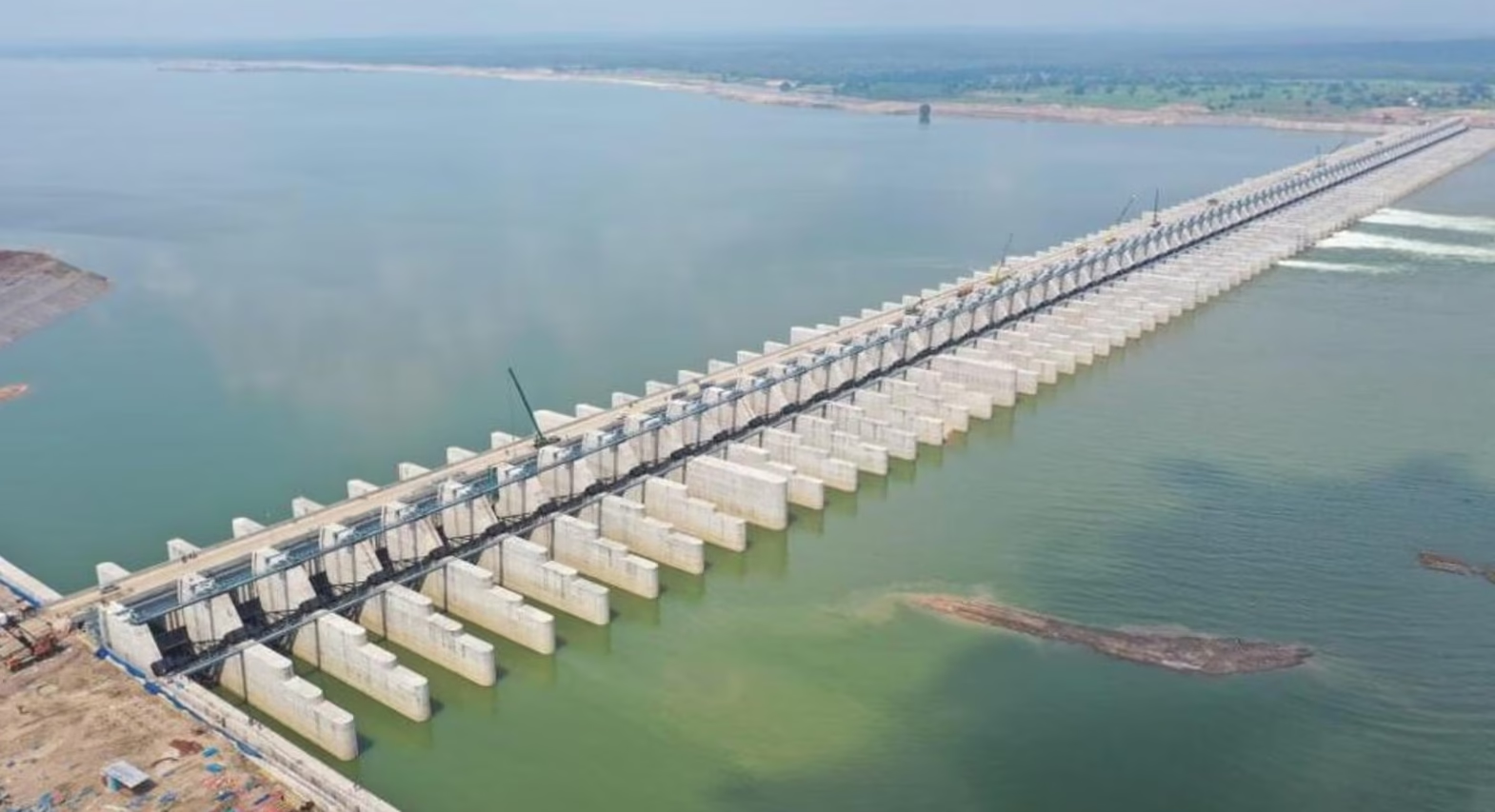
Kaleshwaram Lift Irrigation Scheme: Chief Engineer Struggles Under Questioning by Retired Justice Ghose
The Kaleshwaram Lift Irrigation Scheme (KLIS), one of India’s largest irrigation projects, continues to face scrutiny over alleged irregularities in its design, execution, and planning. On Wednesday, G Shankar Naik, the chief engineer (hydrology and investigation) for the project, faced tough questioning from Justice (retired) Pinaki Chandra Ghose, who leads the Ghose Commission investigating these allegations. The cross-examination highlighted key issues surrounding the project and left Naik fumbling to provide satisfactory answers.
A Warning Against Evasion
During the proceedings, Justice Ghose made it clear that he would not tolerate evasive or incomplete responses. At one point, he sternly warned Naik, saying, “Do not drive me in the wrong way. I am more experienced. I will take necessary steps if you hide anything from me.” The chief engineer’s inability to provide direct answers to several technical questions drew repeated admonitions from the retired judge.
Also Read: Premier Houston Semi Truck Accident Attorney
One of the most striking moments came when Justice Ghose asked Naik to explain the term “designed flood,” a critical aspect of hydraulic engineering. Naik’s vague and unclear reply prompted the judge to inquire about his professional background. Naik revealed that he completed his engineering degree from Jawaharlal Nehru Technological University (JNTU), Hyderabad. Despite his qualifications and years of experience, Naik struggled to address fundamental queries, raising concerns about his competence or the integrity of the information being provided.
Justice Ghose’s Firm Stance
Justice Ghose emphasized the importance of truthful and transparent communication. He warned Naik against deviating from the details presented in the affidavit and stated that any discrepancies in his testimony could be cross-verified independently. “There should not be any deviation from the contents mentioned in the affidavit and the replies given during the cross-examination,” Justice Ghose remarked.
The retired judge’s firm stance underscored his determination to uncover the truth, even if information was intentionally withheld. His sharp questioning not only put Naik under pressure but also revealed gaps in the documentation and decision-making processes related to the project.
Reliance on External Reports
One of the critical revelations during the session was Naik’s admission that the Irrigation Department did not conduct independent water availability studies for the project’s key locations—Medigadda, Annaram, and Sundilla. Instead, they relied on reports prepared by the Central Water Commission (CWC) and the consultancy firm WAPCOS. Naik stated that his department merely vetted the proposals submitted by these entities, including the recommendations in the Detailed Project Report (DPR).
This reliance on external assessments raises questions about the accountability and thoroughness of the state’s planning. It also led to a discussion about the decision to change the locations of the three barrages from their original proposed sites, further fueling concerns about the project’s execution.
Accountability for Structural Failures
The issue of structural failures in the project also came under scrutiny. Justice Ghose referenced an affidavit in which another engineer claimed to have worked with dedication on the project. The retired judge pointedly asked why the pillars of the barrage sank despite such alleged commitment from the officials involved.
Former executive engineer K Vittal Rao, who retired in 2005, testified that the High Power Committee overseeing the project bore responsibility for the sinking of piers. Rao alleged that the committee made significant changes to the project’s specifications, including increasing the capacity of the barrage, without conducting proper studies or investigations. He criticized the decision-making process as being driven by the whims and fancies of those in power, rather than by sound engineering principles.
Lack of Basic Studies
Rao’s testimony highlighted a broader issue: the project was executed without adequate preliminary studies and investigations. This lack of preparation has led to several challenges, including structural issues and changes in the original design. His statements corroborated allegations that the project’s execution was marred by hasty decisions and political interference, rather than being guided by technical expertise and rigorous planning.
Also Read: Trucking Injuries Attorney Houston: Seeking Justice After an Accident
Broader Implications
The proceedings of the Ghose Commission have brought to light serious concerns about the governance and execution of large-scale infrastructure projects like the Kaleshwaram Lift Irrigation Scheme. This project, designed to transform the irrigation landscape in Telangana, has already faced criticism for its massive costs and environmental impact. The allegations of irregularities, combined with testimonies from key officials, have only deepened public skepticism about its long-term viability and effectiveness.
Conclusion
The cross-examination of chief engineer G Shankar Naik by Justice (retired) Pinaki Chandra Ghose underscores the need for transparency, accountability, and rigorous planning in public infrastructure projects. Naik’s inability to provide clear answers and the revelations about structural failures and insufficient studies point to systemic issues in the project’s execution.
As the Ghose Commission continues its investigation, it is expected to uncover more details about the alleged irregularities in the Kaleshwaram Lift Irrigation Scheme. These findings will not only have implications for those directly involved but may also set a precedent for greater scrutiny and accountability in similar projects across the country.
